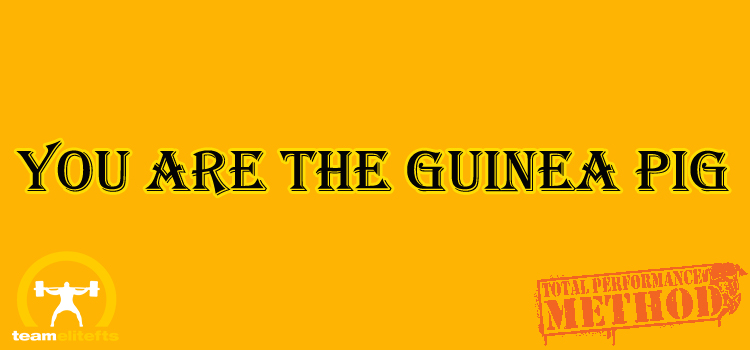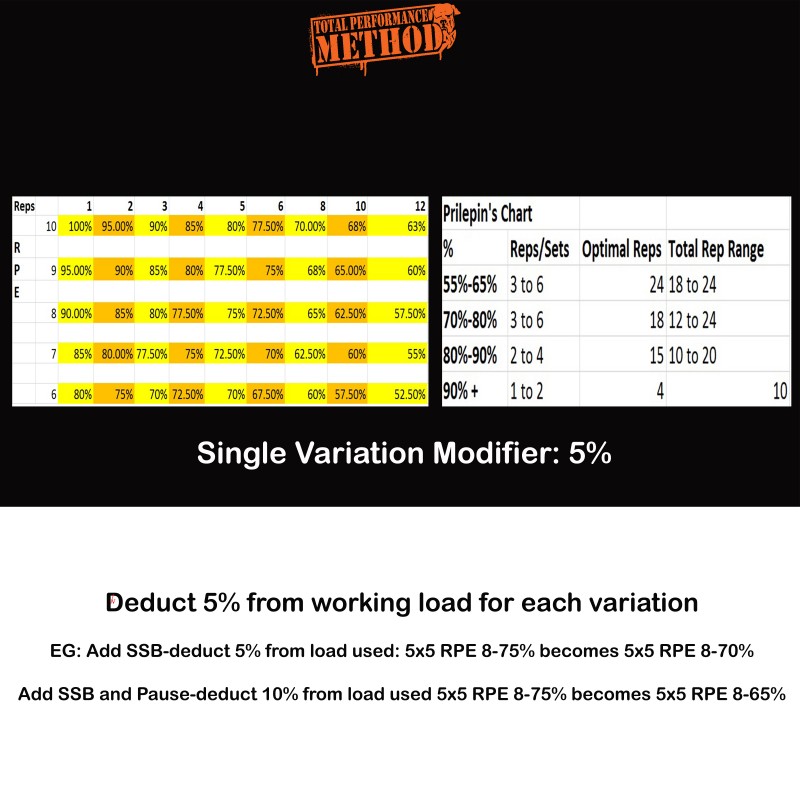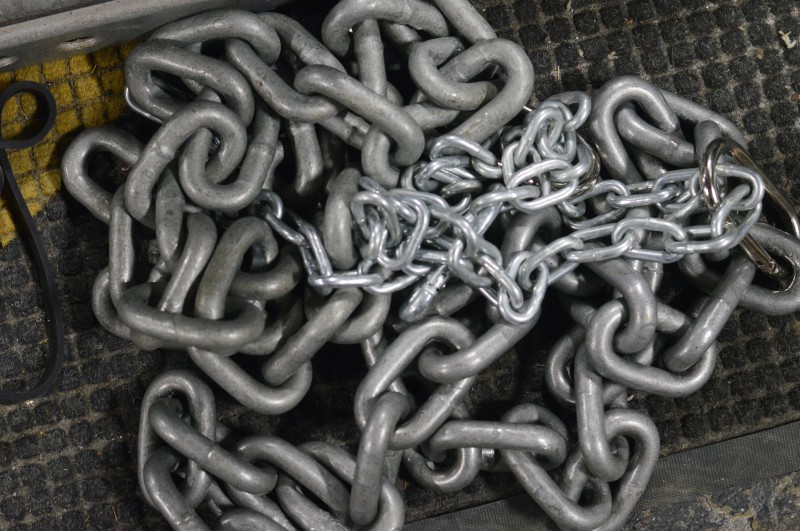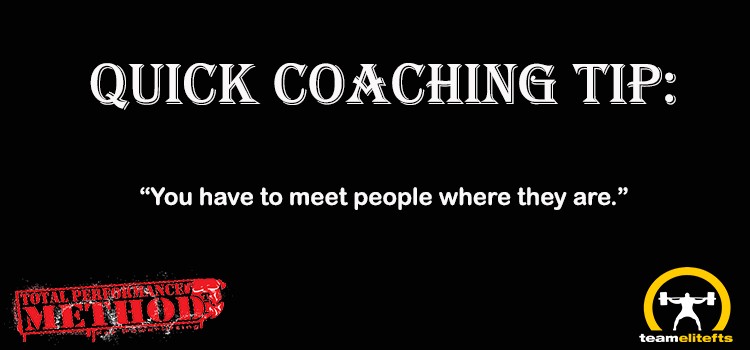
I’ve heard this a lot lately, and it is usually from younger lifters with inexperienced coaches:
“I don’t want to be a Guinea pig for my coach.”
OR
“I am not some experiment for my coach to run.”
Well, yes you are.
But first, let me backtrack as I like to do.
I said it is usually heard from lifters with inexperienced coaches and the gripes I get are usually valid.
Some of these coaches are just doing a bunch of shit!
- Spaghetti Programming*
- Copying a program from someone else
- Writing a program randomly with no thought or end result in mind
They are lacking an understanding of basic training concepts and they are just charging money for a shit program that will inevitably lead to injury and poor performance.
(*Spaghetti Programming: throw it against the wall and see if it sticks-like Spaghetti Marketing)
But even experienced coaches use clients and athletes as an experiment.
Why?
Because we have to.
Coaching, and more specifically, programming is like hot rodding, or racing.
You are always looking to see what makes the car better, get more performance, go faster right?
If you are reckless, the car breaks. Writing a program is no different.
But!
As a client, lifter or athlete you have to understand that if your coach is not always learning, trying to apply what they have learned, improve performance, increase lifts, theorize on their own and come up with their own Method, then, you don’t have a coach.
You have a Regurgitator.
The Regurgitator simply copies what someone else is doing and sells it to you because the are pretty sure it works because it did for the person who wrote it originally.
Or worse, you have a clown that has no idea how to write a program, but they did a few meets so they are now accepting DM’s for coaching.
Let’s use a good, experienced coach as an example.
I consider myself and ok coach with some experience (30 years) and every single program I write is an experiment.
Every single client is a guinea pig in my quest to deliver the best product I am capable of.
Think about it, if I never try something different how will I know if I can get better results?
The difference between me (plus all the other good coaches out there) and the clowns is that we don’t make massive changes to our programming.
We tweak one thing here, we add one thing there and we see how it worked.
We see why it didn’t work too.
What works for one may not work for another, that doesn’t mean we should not use it, it shows us where we need to use it.
I’ll give you a few examples.

In my program, TPS Method for Powerlifting and website, TPSMethod.com, we use a system of RPE and Percentage based lifting.
EG: Squat 5x5 RPE 7/72.5%
I have found that this system works best for most because we typically program for groups.
In my Method, using the example above, I want you to use 72.5% of your max squat for the work sets and it should be an RPE 7.
If it is not a 7 you can adjust the percentage as needed.
The RPE is the driving factor.
If the weight is light and your RPE was below 7, you are free to increase the weight up to 5% as long as you don’t go over the listed RPE.
If it’s too hard that day, go lower.
It usually works very well, but as all people are different, some days it is off. If that is the case, we adjust.
RPE does not work for everyone, and percentages don’t work for everyone.
Since we are programming for groups, this Method accounts for different personality types and works well across the board.
I experimented with different ways of delivering the best product over the years and settled on this because it gives us the best results. If I learn something new and want to apply it, I won’t throw this away, I’ll see how I can adapt it to make it work.
Wholesale changes are usually the sign of a weak coach, adaptability and fluidity are signs of a strong one.
Here is another example:

We just ran a few training blocks with a lot of volume, accommodating resistance (chain) and variations, and we found that it worked REALLY well on the bench, but on the squat and deadlift, it did not deliver the results we needed.
Looking at the data and discussing it with my team, we determined that the recovery for a large group of our lifters was not there.
We also figured out why.
Many of the lifters we coach simply don’t eat to support the volume and intensity of the program.
And, some of the volume and intensity of the last two blocks was simply too high on the squat and deadlift day.
In these blocks we added in 8 rep max and 6 rep max Assistance lifts after the main lift on squat and deadlift day.
We found that with all the accommodating resistance and variations on the first lift, the second lift pushed them off the recovery cliff so to speak.
Since we have zero control over what they do outside the gym and cannot force them to eat more or eat better, we are going to adjust.
I’ll explain that in a minute.
To illustrate what I mentioned for programming, here is a snapshot.
Week 1 Day 1:
1. Elite FTS Yoke Bar Paused Yoke Bar Squat with Chain
5x3 RPE 8/80%
2. 2” Block Pull 8 Rep Max
Week 2 Day 1:
1. Elite FTS Yoke Bar Paused Yoke Bar Squat with Chain
4x3 RPE 9/85%
2. 2” Block Pull 6 Rep Max
There are three modifiers in the first lift.
The bar, the pause and the accommodating resistance.
I love variations but got a little silly in writing the last few blocks.
What we found is that almost no one was able to work at the correct percentage with the correct amount of chain.
It drove the RPE way too high.
While this is easy to adjust as a coach, to the lifter, not being able to hit the suggested percentage is devastating.
Most just don’t understand the fact that the RPE is more important.
So what do we do?
Throw variations out?
Find a new way to write a program (totally different)?
Blame the lifter?
Nope.
We adapt.
The TEAM and I decided to use a standard modifier in the next few blocks of programming to account for the variations. We KNOW that variations make you stronger and we KNOW that accommodating resistance works extremely well. We are not going to stop using them!
What we came up with is a standard 5% modifier for each variation.
This allows them to hit the RPE (hopefully), hit the percentage suggested, and get a training effect (get stronger and faster).
Here is what it looks like:
Using 5x3 RPE 8/80% as an example we lower the suggested percentage by 5% for each variation from the classic lift.
If the classic lift is a barbell squat it looks like this:
Replace bar with Yoke Bar-deduct 5%, it now becomes 5x3 RPE 8/75%
Add a pause and make it a Yoke Bar Paused Squat you now have two variations, and it becomes 5x3 RPE 8/70%.
So, yes that are Guinea Pigs.
They are just Guinea Pigs in an experiment that actually had some data analyzed and is designed to give them the best outcome.
We looked at all factors that could come from using this and identified the worst case outcome by making this change BEFORE WE DID IT!
What is the WORST thing that can happen if we lower the percentage (amount of straight weight used) by implementing these modifiers?
They hit all of the suggested percentages and RPE.
That’s it.
That’s the worst thing.
We debated if using a lower amount of straight weight or total percentage would have an adverse effect on strength, and it will not because these waves are not very long. 8 weeks at the most before moving into heavier weights.
And, if the weight is a little light, their technique will improve.
Better technique carries over to bigger lifts.
And if they are working at the correct RPE, recovery will improve, and they can train HARDER on Assistance instead of being wiped out after the first two lifts.
This will also carry over to improved performance when we move to Intensity blocks and ultimately to the platform.
So, with all of this in mind, if you have a coach that you know is good, I hope that you see that all programming is an experiment. I also hope you understand that an experiment should have a desired outcome with, in this instance, your best interests in mind, and a quality coach will use you are the Guinea Pig to give you the results you want.
Did you miss last week’s log?

Oh, yeah, follow us on Instagram too.
@TPSMalden
@tpsmethod
DM ME QUESTIONS THERE TOO!
You might be featured in a Coaching Log
And @tpsmethod
SHARE THIS!
#bostonsstrongest
Vincere vel mori
C.J. Murphy
January 23, 2020










Thanks for the comment.
I am very glad you liked the article.
Murph
Vinceri vel Mori
Vinceri vel Mori
Murph